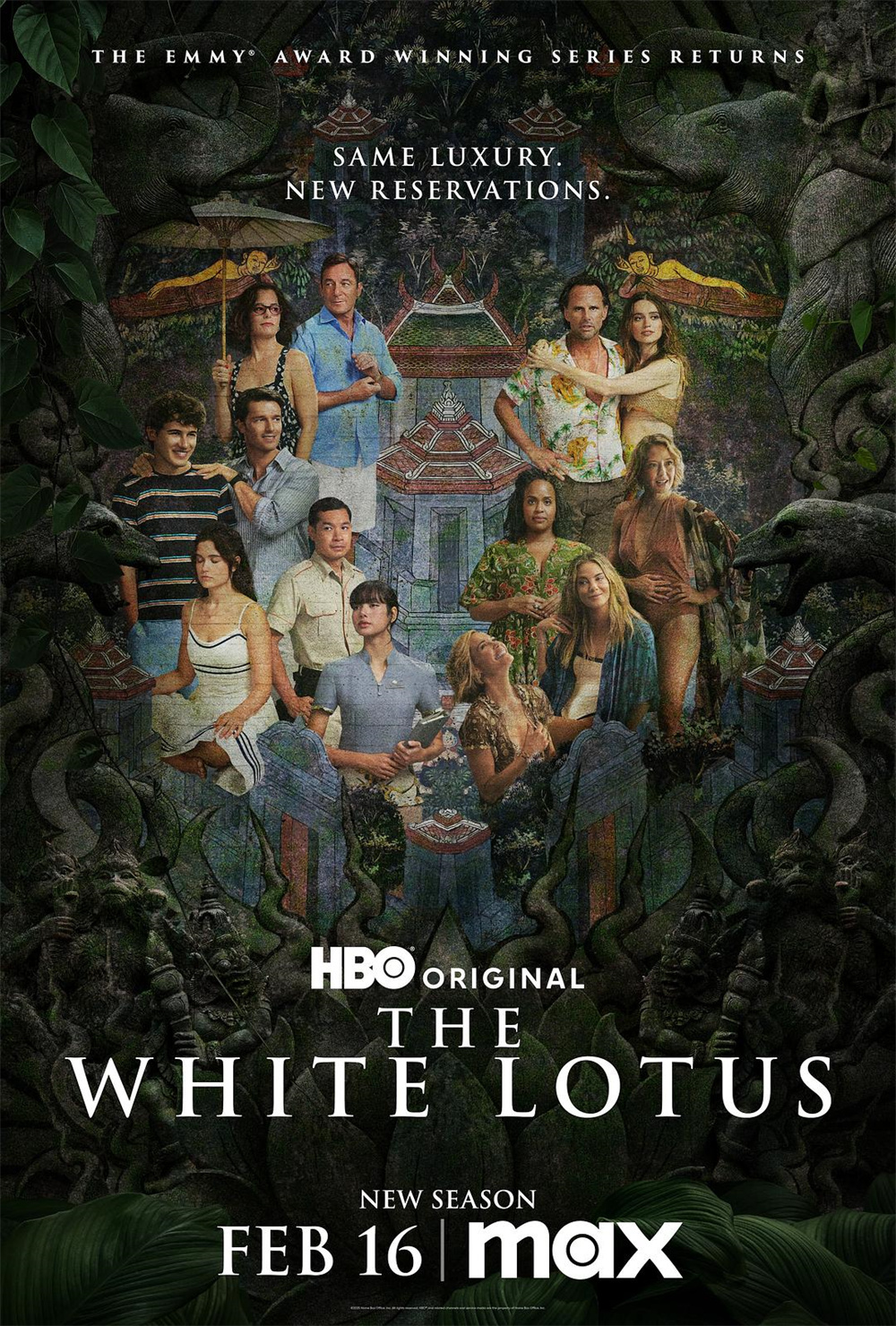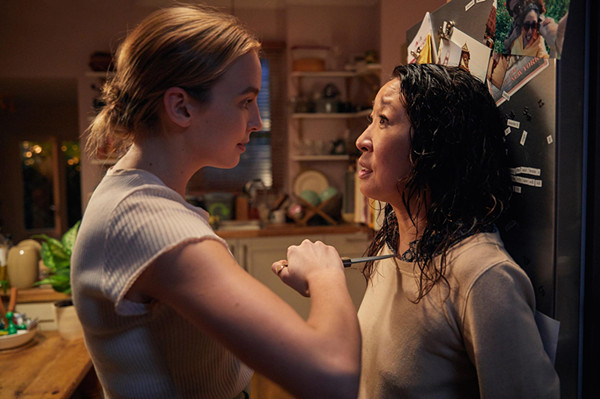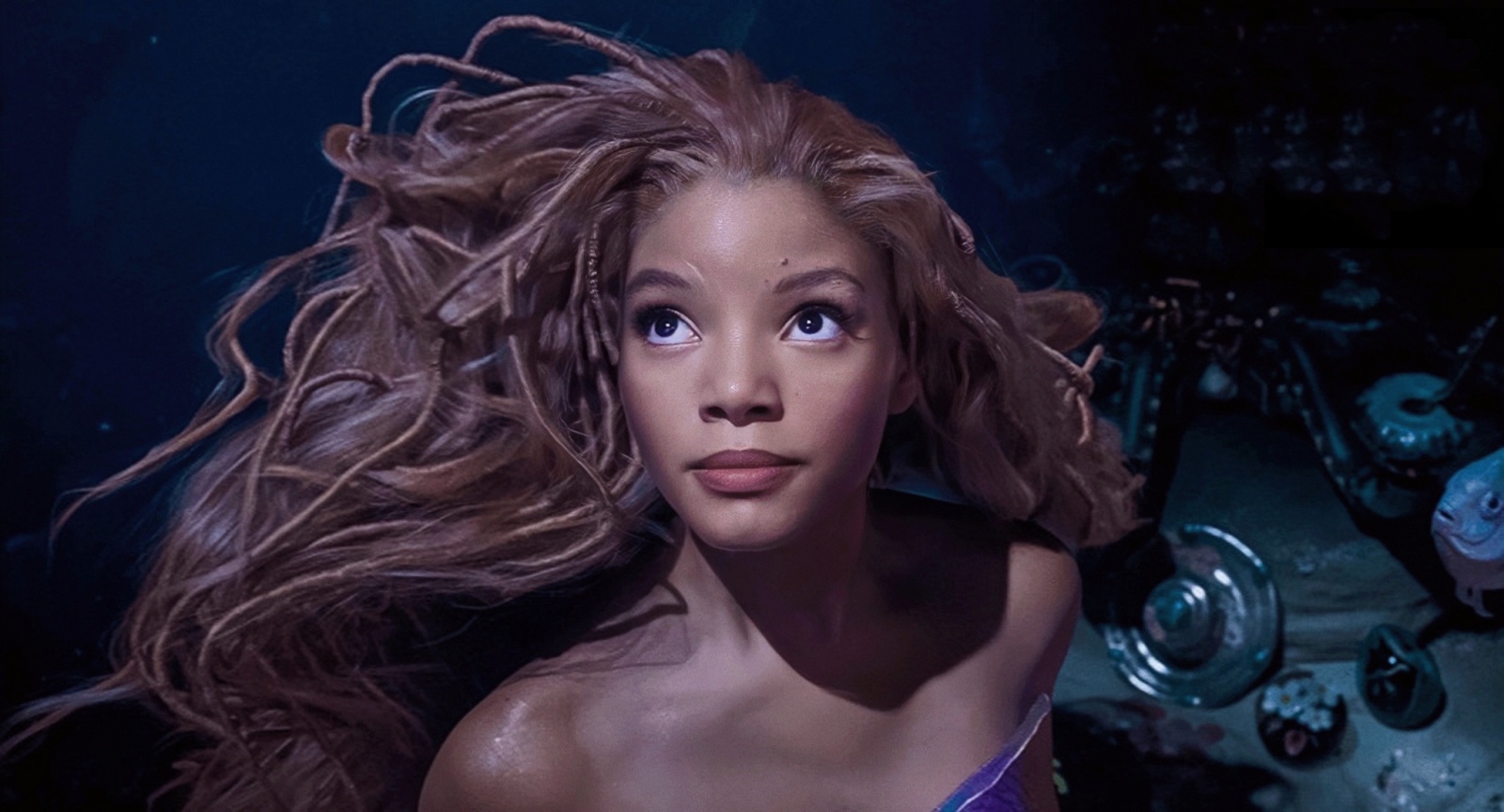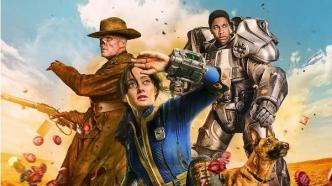
In fact, there are precedents for video games to become the creative ideas of film and television dramas. The action-adventure game "Tomb Raider" released in 1996 was made into a movie of the same name a few years later, and the protagonist Lara Croft played by Hollywood actress Angelina Jolie also became a classic movie image. In contrast, another masterpiece "Fallout" (1997) was born in the golden age of PC games in the 1990s, but it was not adapted into an 8-episode series of the same name and presented to the audience until April 2024.
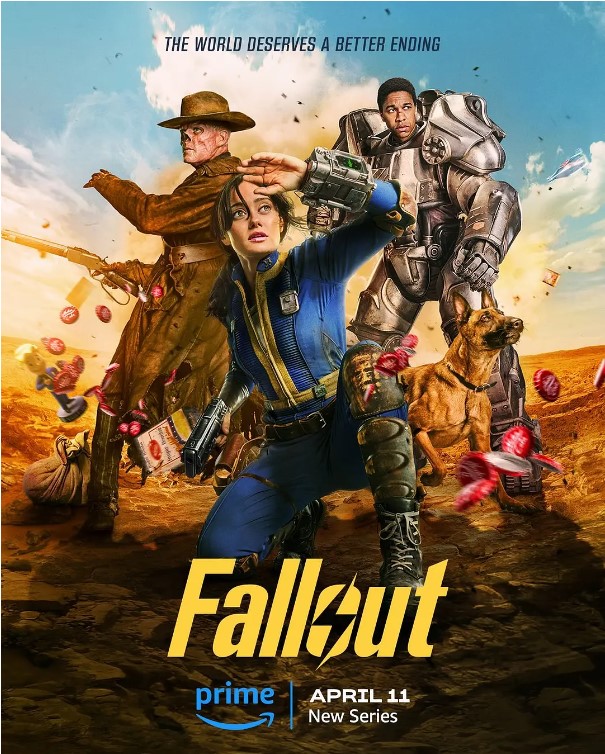
Fallout poster
The original Fallout game is set in a post-apocalyptic wasteland. The story is that a nuclear war destroyed modern civilization, and only a few lucky people hid in underground radioactive fallout shelters during the war. On the surface, some people still mastered the remnants of modern technology, while others mutated under the radiation and turned into long-lived "ghouls" who look like zombies. As for other creatures on the surface, they also mutated, and "monsters" such as giant cockroaches and mosquitoes appeared.
Judging from the content of the series, the classic setting of the "Fallout" game is basically restored. At the beginning of the whole series, the subtitle "The End" is displayed, and then human civilization is reduced to ruins under the mushroom cloud of the nuclear bomb... The timeline comes to more than 200 years later. In the underground shelter No. 33, a young woman Lucy McLean married the groom from the shelter No. 32. Who knows that No. 32 has already turned into ruins. The "groom" and his party are actually "predators" from the surface. In the end, they kidnapped Lucy's father and left. In order to rescue her father, Lucy ventured out of the shelter and went to the surface, starting her own dangerous journey.
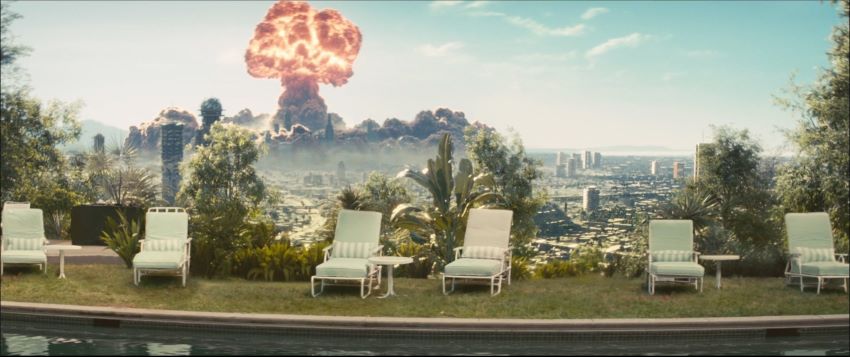
The scene of nuclear war breaking out in the play
What Lucy and the TV audience see is a wasteland. Primitive tribesmen who have lost their technology and bandits who make a living by robbing appear in the wilderness. In the abandoned houses, there are still dried bones of the owners who are eating, which reminds people of the cruelty of nuclear war. The remaining settlements have also degenerated into a "lawless" state, and the "law of the jungle" is rampant - the so-called "order" formed spontaneously is also based on violence. For example, the so-called "legal" supermarket is actually a market for the trading of human organs...
In sharp contrast to these places is the "Brotherhood of Steel" that appears in the play. This is also a fictional organization from the original game. They also preserve advanced science and technology, have mecha warriors that look like "Gundam", and flying vehicles that look like V-22 rotorcraft. However, the organizational form of the "Brotherhood of Steel" has degenerated to the Middle Ages. Their main members are called "knights" like the feudal society in Western Europe, and their subordinates are called "squires". However, although the "Brotherhood of Steel" is powerful, the more terrifying one is the "Ghoul" - there is a shot in the play where a bow and arrow pierces the neck of a Ghoul but it is safe and sound, showing that the Ghoul's ability to survive is amazing.
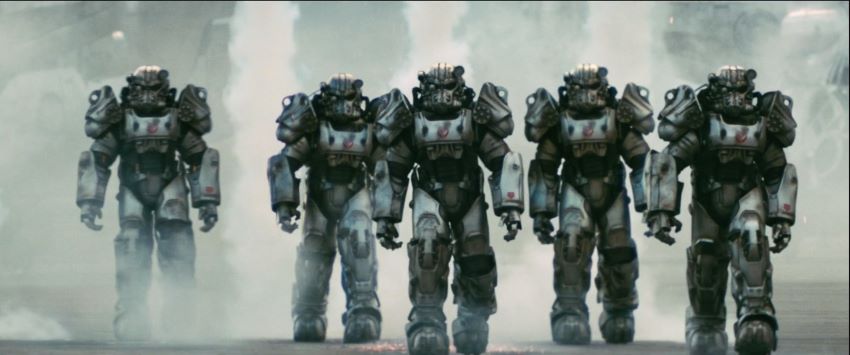
Mech Warrior
From the development of the plot, although Lucy McLean is the nominal protagonist, the key figure in advancing the plot is a "ghoul" - Cooper Howard. The ghoul's strong vitality and his accurate shooting skills make him the most dangerous character in the play. But he has another identity. He was a famous Hollywood actor before the nuclear war. He was an ambassador of Shelter Technology and promoted underground shelters. His wife is also the manager of the company that develops Shelter Technology.
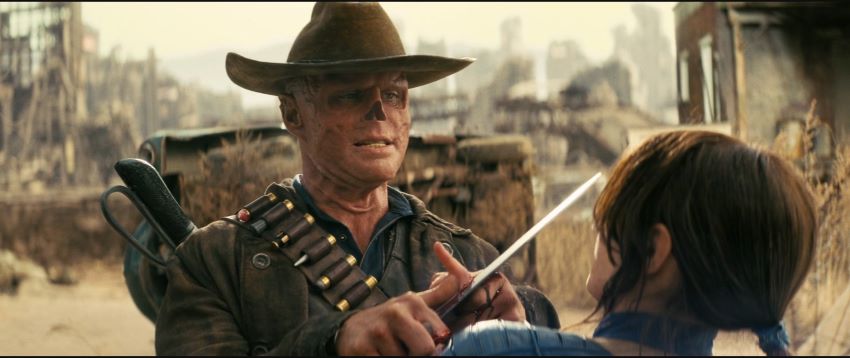
Cooper Howard and Lucy McLean
It is these two completely different identities that form two main narrative lines, and these two story lines each leave suspense. For the Hollywood actor timeline, the cause of the nuclear war is the issue that the audience is most concerned about. For the "Ghoul" timeline, due to the encounter and entanglement between Cooper Howard and Lucy McLean, the truth of the underground shelter gradually surfaced... In addition, there are some mysteries that have not been solved even at the end of the series, which is obviously a foreshadowing for the second season.
In fact, the cause of the nuclear war and the truth about the underground shelter are two related issues. The most brilliant setting in the plot is also to subvert the audience's preconceived "taken for granted" - after the nuclear war broke out, the survivors preserved the seeds of civilization in the underground shelter, waiting for the surface radiation to subside and then return to the ground to rebuild human civilization.
Through the role of Hollywood actor Cooper Howard, the series "Fallout" first explained the construction of the shelter as a purely commercial act. The company exaggerated the atmosphere of nuclear war terror in order to attract investment for the shelter. The profiteering led to the emergence of an evil idea. Since the construction of the shelter is to allow a small number of people to survive a nuclear war, only the outbreak of a real nuclear war will make the shelter truly meaningful. At a meeting attended by Cooper Howard's wife, it was mentioned that in order to win the "capitalist competition", a nuclear bomb could be detonated on the mainland first to create a doomsday world.

The Nature of the “Shelter Economy”
What is even more surprising is that the shelters have also become experimental sites for their managers. Each shelter manager can conduct experiments that he or she thinks are most suitable for the "perfect human society" in the shelter under his or her jurisdiction. There are a total of 4 shelters in the series, namely the independent 4th shelter and the interconnected 31st, 32nd, and 33rd shelters.
The social experiment of Shelter 4 is actually a small society led entirely by scientists. As a result, these scientists studied the combination of radioactive wasteland organisms and humans, trying to produce humans who can adapt to the wasteland. In the end, the "experimental subjects" launched a riot and eliminated the original scientists, making it a shared home for the descendants of the experimental subjects and occasional outsiders from the surface. Ironically, this shelter with the most complex composition is the most harmonious and warm home in the entire series, so that the most severe punishment for those who disrupt order (such as Lucy McLean) is to be expelled back to the surface (equivalent to a death sentence).
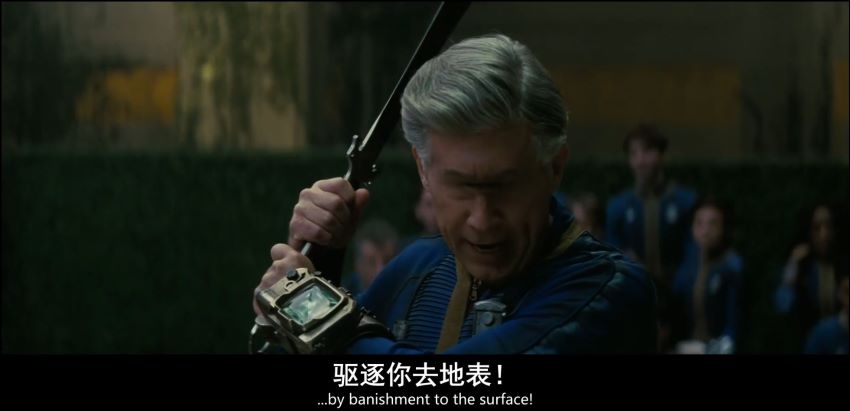
The most severe punishment in Shelter 4
Shelters 31, 32, and 33 reflect the essence of the entire shelter plan. Shelter 31 is actually a freezer, where the company managers who developed the shelter plan hibernate and wake up at the right time to manage shelters 32 and 33. Their long-term goal is to have these managers rule the world after the surface humans are completely destroyed in the nuclear war and the subsequent chaos. It can be said that when this suspense in the play is solved, the audience will not only suddenly realize it, but also feel a different taste in their hearts.
